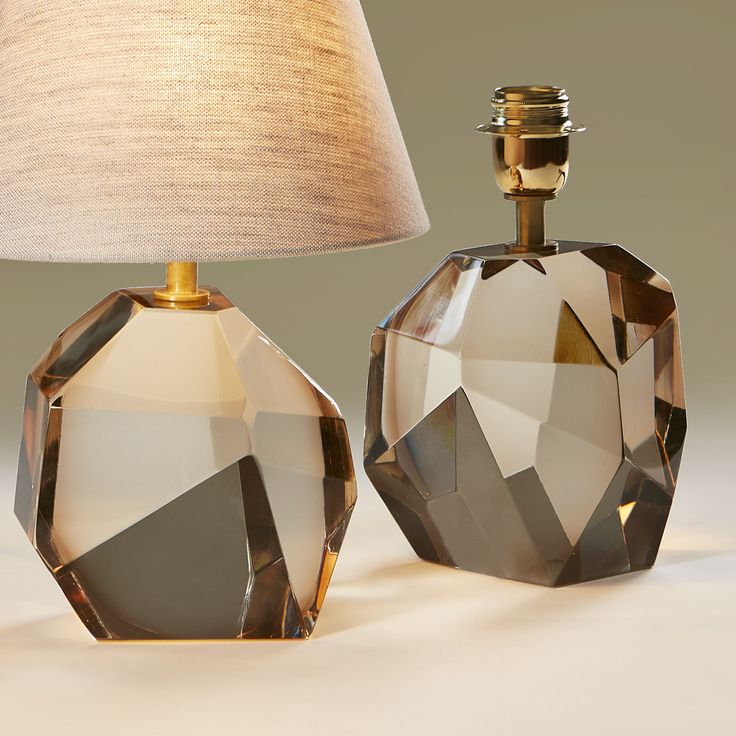
Decorative objects to place: create a balanced setting
Share
The object only takes on full meaning when it enters into a relationship with a place, a light, a use. This is the role of objects to be placed: to reveal an atmosphere, to tell a story without words.
Whether in a hotel lobby, a private bedroom, or a domestic living room, these elements—whether sculpted, raw, metallic, or organic—give the space a new depth.
1. The art of the right balance
Too often, we believe we must furnish every surface. But a beautiful composition is constructed like a breath : an alternation of full and empty spaces, of subtle contrasts. A dark wooden tray, a marble ball, a small blown glass vase: the key is to vary shapes, heights, textures .
The right balance is about visual breathing: leaving space between objects is as important as the objects themselves.
2. The right materials: natural materials, sculptural forms
Objects chosen for their materials—cut stone, brushed brass, raw wood, smoked glass—have a distinctive presence. They absorb or reflect light, change throughout the day, and create a silent rhythm. Unlike standardized accessories, they invite touch, observation, and contemplation.
Examples of objects to place:
- A semi-precious stone ball, placed alone on a console
- A minimalist sculpture in blackened wood
- A large smoked glass tea light holder, to be used alone or in pairs
- A sculptural hammered metal candlestick
3. A staging by thirds or by contrast
The human eye instinctively perceives groups of three as harmonious. A base (plant or tray), a central volume (vase or statue), a light (candle, tealight): it's a balanced trio.
But we can also play the single monolith: a large decorative leaf on a coffee table, an imposing lantern in an empty corner, a glass bell on a base as a sculptural object.
Less is more. But that “less” still has to make sense.
4. Where to put these objects? Some suggestions
- On a low table : a tray, a few candles and a book with an ornate cover
- In a wall niche or bookcase : a statue, a discreet mirror, or a rare object
- On an entrance hall : a lantern, a carved wooden pocket emptier, a decorative ball
- Around a bed : a pair of tealight holders and a beautiful light fixture that stands out with its soft shape.
The right object, rather than accumulation
A single, well-chosen object can have more impact than a cluttered ensemble. This is where character comes into play.
At Koddel, we favor:
-
simple but powerful shapes
-
noble or living materials (glass, wood, raw metal)
-
handcrafted finishes
- Example: An aged brass candlestick placed alone on a bedside table can be enough to set the tone for an entire room.
Koddel Selection: 3 objects to place with intention
-
The Rainy Grey blown vase : for its slightly blurred texture and generous silhouette.
-
The black oak figurine : fine and graphic, perfect for a shelf or desk.
-
The hammered bronze tray : to hold candles, dried flowers or even an art book.
Composing a scene with poseable objects is neither a rigid exercise nor an exact science. It's a discreet language. A way of expressing who you are, without giving too much away.
It is also a way of experiencing the object differently: not as a possession, but as a point of balance in everyday life.
At Koddel, each object is designed to be seen, touched, moved, and experienced. To be placed, but never frozen.
